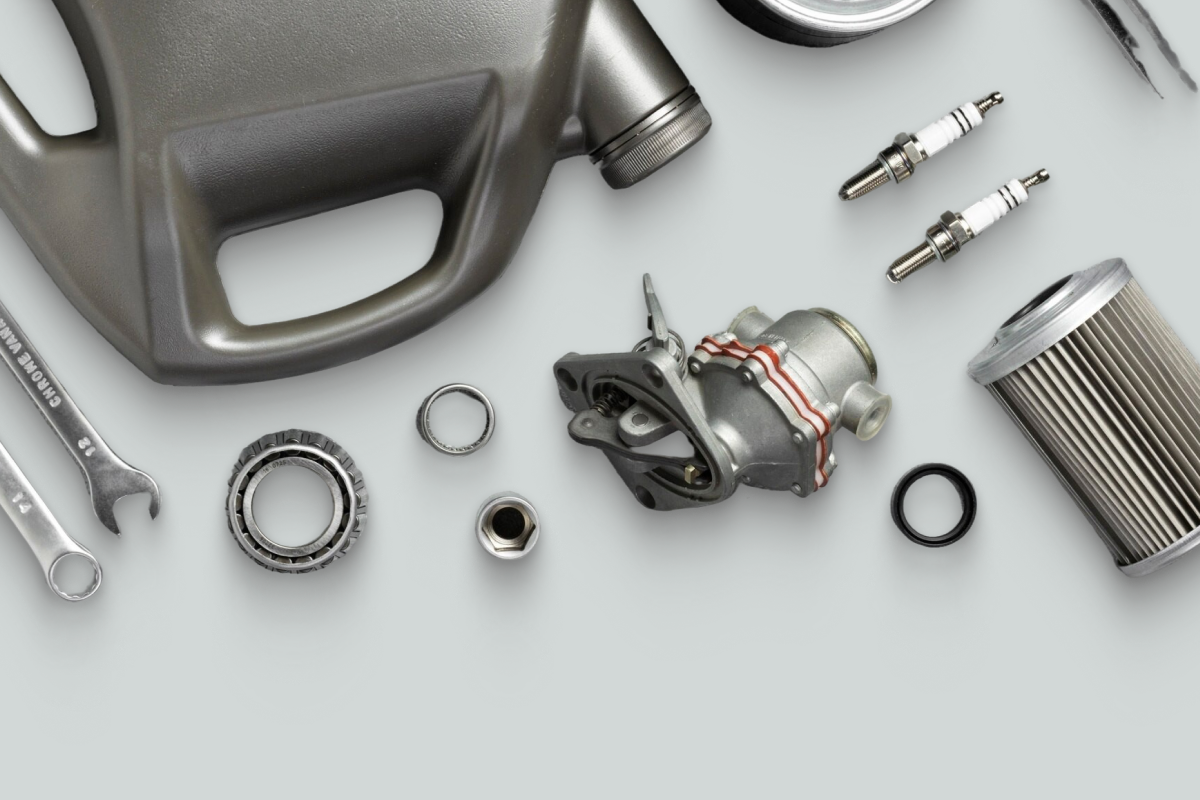All Technologies Used
Motivation
Manual inspection of roads is time-consuming, inconsistent, and prone to errors. The system was developed to automatically detect potholes and other road surface defects from images and videos, reducing inspection effort, improving accuracy in defect identification, and enabling more efficient maintenance planning.
Main Challenges
No publicly available datasets existed with sufficient images of potholes or road defects. Using open-source images yielded poor model performance, so the team collected live data from Belarusian roads, which required significant planning and fieldwork.
Captured videos and images had variations in lighting, weather, and camera angles, causing inconsistencies. Each frame had to be manually mapped and validated to ensure usable data for training, making the process labor-intensive.
Many video clips were recorded in low resolution or poor quality. These had to be filtered out, as using them would distort model training. Handling high frame-rate videos required splitting them into keyframes and individually labeling each frame, adding complexity and time to the process.
Our Approach
Want a similar solution?
Just tell us about your project and we'll get back to you with a free consultation.
Schedule a callSolution
Image and Video Processing
- Frame extraction from video clips
- Processing of static images
- Support for high-resolution and low-resolution inputs
- Consistent analysis across frames
Custom Machine Learning Model
- Detection of potholes and surface defects
- Adaptation to different weather and lighting
- Bounding box annotation for defects
- Model training on cleansed, high-quality data
Manual Data Mapping and Annotation
- Keyframe selection from videos
- Manual annotation of defects
- Quality control for input data
- Preparation of reliable training datasets
Prototype Output and Visualization
- Annotated images with bounding boxes
- Reconstructed video output from processed frames
- Highlighting multiple defect types
- Clear visualization for decision making
Business Value
Proof of Concept Delivered: Successfully demonstrated automated detection of road defects, validating the feasibility of AI-assisted road maintenance.
Improved Model Accuracy: High-quality, manually mapped data enhanced the model's detection precision, establishing a baseline for further optimization.
Foundation for Automation: Prototype enables municipalities and automotive companies to automate defect detection, reduce maintenance costs, and support strategic planning for repairs.
Enhanced Research Capability: Provides a platform for iterative improvements in computer vision models applied to infrastructure monitoring.



